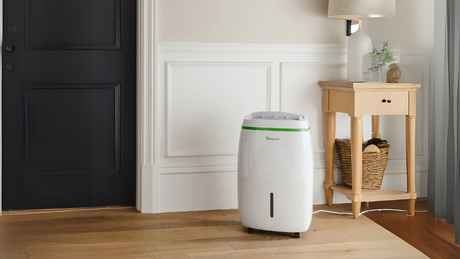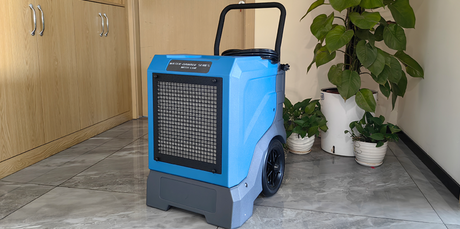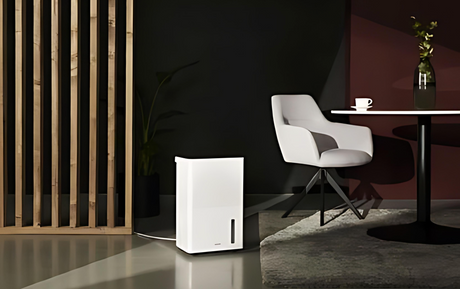
Fresh Air, Dry Spaces: Discover the Meaco 20L Low Energy Dehumidifier and Air Purifier
The modern home is a haven for comfort, but it can also be a breeding ground for common issues like excess humidity, dampness, and poor air quality. These problems not...
Katie Owen |
























